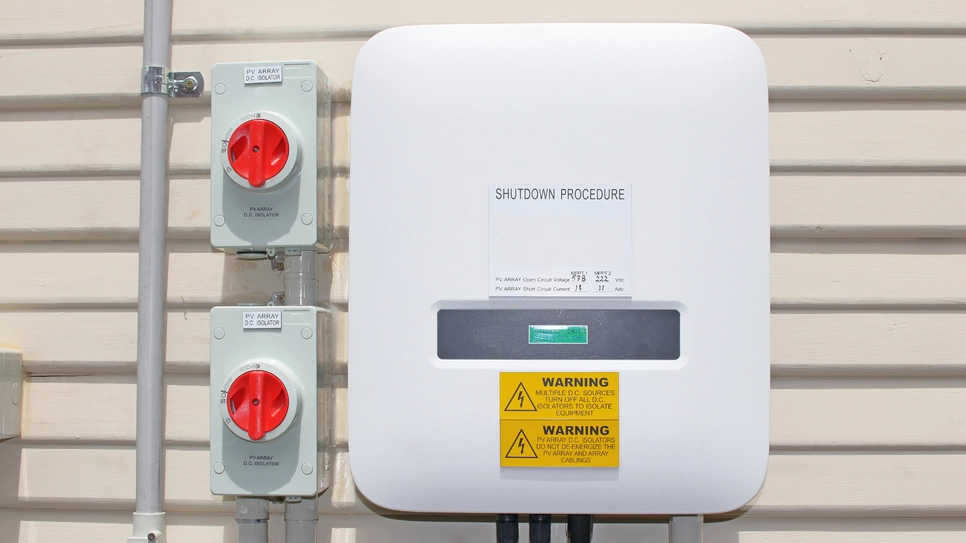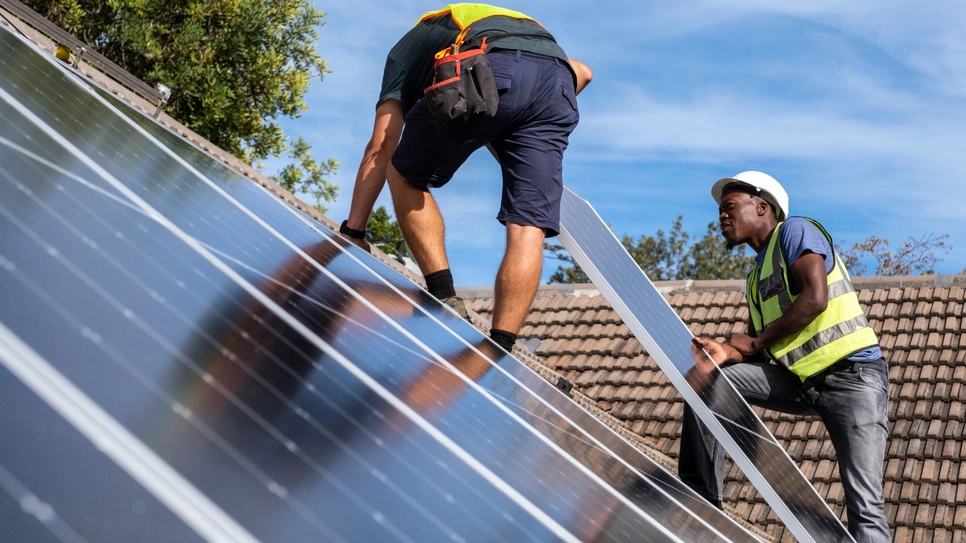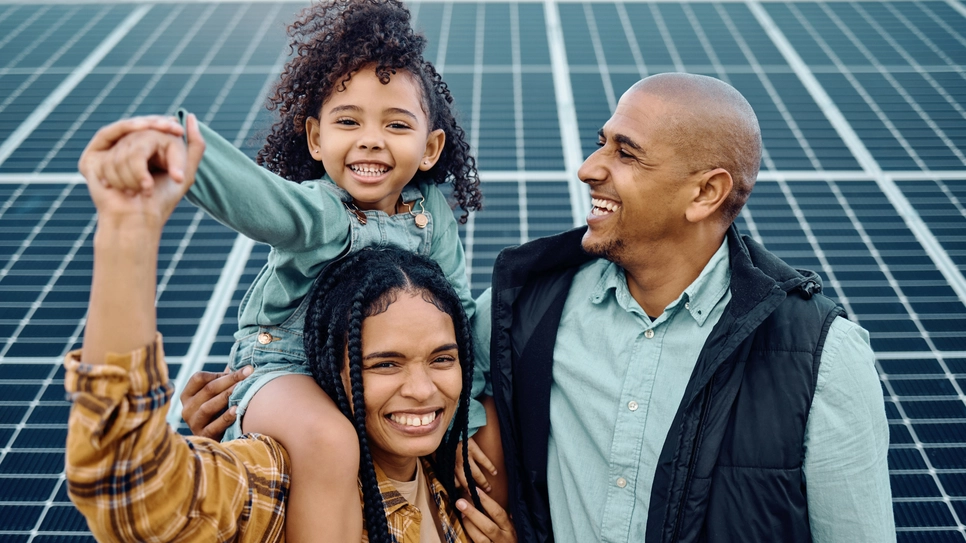As South Africa seeks to reduce its reliance on Eskom, many homeowners are shifting to solar power. Given the country's ample sunlight, it's ideally suited for this transition.
“Just like going to a car dealership, the salesman will first ask you ‘What type of a car do you want?’ followed by ‘What's your budget?’”, explains Alex Setsoalo, director of the Activity On Node solar systems provider, based in Sandton.
1. What are your energy and capacity needs?
You can calculate the daily kWh usage from your electricity bill to determine the size and capacity of the solar system you'll need.
An average South African household consumes 9.5 kWh of electricity per day. What kind of system would suffice for that level of consumption?
A 3kW solar system should be enough for an average home.
If we factor in the efficiency of solar panels (15% to 22%), an average of 5 peak sunlight hours per day, and inverter and cable efficiency losses (10-20%), a 3kW solar system would be sufficient to meet the household's daily energy needs.
Inverter must match your peak load
To determine the size of the inverter needed, list all the appliances and devices you might use simultaneously and sum up their wattages. This will give you your peak load in watts.
For instance, if three appliances consume 1,000 watts each, you'd need an inverter that can handle at least 3000 watts. It's always a good idea to get an inverter with a bit more capacity than your peak load to account for future additions or unexpected surges.

The inverter's capacity should also match or exceed the total capacity of your solar panels. If you're looking for flexibility and the ability to use solar, grid, and battery power, a hybrid inverter is usually the best choice.
Choose a hybrid inverter if you're planning to set up a solar panel array.
“For example, let us take a 3 kilowatts inverter and solar panels rated at 340 watts, because these two pieces of equipment are at entry level in terms of affordability,” proposes Setsoalo.
You would need around 10 solar panels for your photovoltaic system.
Choose the battery size by hours of backup power needed
To decide on the battery size, consider how many hours you want backup power. Multiply your hourly energy consumption by the number of backup hours you desire.
For example, if your home consumes 3kW of energy in an hour, and you want backup for 10 hours, you'd need a battery capacity of at least 30kWh.
Always consult with a solar professional to identify the best inverter and battery before going solar.
2. Is your roof ready for the chosen solar system?
In terms of suitability, your building and roof need to satisfy the following conditions.
Your building needs to be structurally sound
The roof must be stable and able to support the weight of the solar panels. 340 Watts panels typically weigh around 20 kg, and you’d need about 10 of them for a standard household system of 3kW. That means the total weight of the photovoltaic modules would be around 200 kilograms.
There has to be enough space on your roof
Solar panels for grid-tied systems in South Africa typically measure about 1.6m tall and 1m wide. Again, for a standard household system of 3kW, you'd require about 10 panels, which translates to a roof space of 15 to 20 square metres.

Your roof mustn’t be obstructed by trees and other buildings
In many South African cities, properties are often close to one another, and trees are a common feature. Before investing in solar panels, assess your property for obstructions. This is especially relevant in suburban areas where homes are closely packed.
Most areas in the country average more than 2,500 hours of sunshine per year, making it an ideal location for going solar. Calculate your solar score.
Your roof should face north and be at an angle
In South Africa, the most optimal direction for solar panels is typically north-facing. By facing north, solar panels can capture sunlight throughout the day, leading to maximum power output and efficiency.
Ideally, your roof should face north and have a 30° angle.
Additionally, the inclination of your roof plays a pivotal role in the efficiency of solar panels. The optimal angle for solar panel installation is roughly equal to the latitude of the location, which is about 30° for many parts of the country.
A professional assessment can help determine the suitability, best angle and the number of panels to maximise solar energy absorption.
3. Can you afford to go solar?
The cost of solar power installation in South Africa can range from around R60,000 to R200,000 for a residential home, depending on the system's size and components.
Check the solar panel price list.
However, it's important to note that you don't have to go completely off-grid. There are affordable interim solutions available for those interested in solar power.

Take advantage of tax credits and incentives
The South African government offers a rebate of 25% of the cost of new solar PV panels, capped at R15,000 per person. This incentive is available from March 1, 2023, to February 29, 2024.
Banks and financial service providers often extend special loan offers as incentives for adopting eco-friendly solutions like solar energy. For more details, it's advisable to reach out to your home loan provider.


